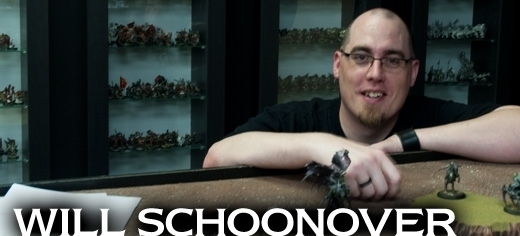
Insider 8-05-2015

As part of our ongoing discussion of the creation of The Undercity, this week we’re taking a look at the story behind the game and how this narrative influenced our development process.
As I mentioned previously, the decision to set the game in Corvis and to feature the Black River Irregulars had given us the scope we were looking for, but we still needed to know how the heroes were going to be heroic. We needed a threat that would be too much for the Corvis City Watch to handle on their own but not so big that it would attract the attention of the Cygnaran military. We also needed a plot to tie it all together, and any good plot needs a villain.
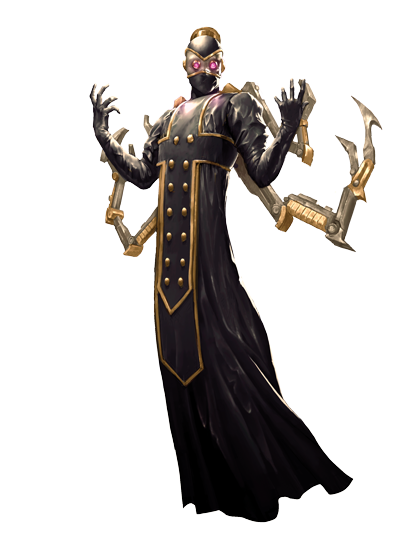
In early conversations about the overall plot, Matt Wilson mentioned a concept that had been created as a possible follow-up to the Witchfire Trilogy, originally published back in 2001. Although that sequel was never fully developed and published, it had featured an intriguing villain—a rogue alchemist who had discovered a way to prolong his own life by stealing the life essence of others. The aspect of this character that grabbed my attention was his transformation from a frail old man into a large, muscular monster by means of a serum he brewed using his victims’ bodies. This sounded a lot like the monstrosities we were creating as part of the Cephalyx forces soon to join the battles of WARMACHINE. The cephalyx seemed the perfect level of threat for our new board game, and the concept of the rogue alchemist gave us a character that could appear in the story as a relatable villain.
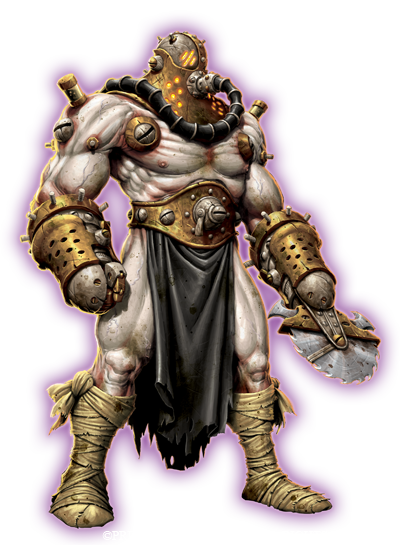
With the core of the plot decided, I set about writing some scenarios. As I’ve noted in developer diary one and two, one of my sources of inspiration while creating a game is the countless video games I’ve played over the last 30 years. I started the writing effort by making a list of all the mission types from those games that I thought could work in The Undercity.
Of these ideas, the “chase” stood out as a compelling scenario concept, so that became my starting point. By the time we had a working chase scene (which eventually became chapter 3 of the campaign), I had figured out many of the core concepts of the game and could build the basics of the other chapters. In the end, the game had an intro chapter, an ambush, a chase, a miniboss fight, a holdout (with a bit of an escort), a roadblock, and a final boss fight.
As I wrote the campaign, I was also finalizing the last core concept in the game: Event cards. I wanted the Event card system mainly to provide changes to the state of the game that were not caused directly by the actions of heroes or villains. What I didn’t realize at that point was that these cards would become a larger component of the game as development continued.
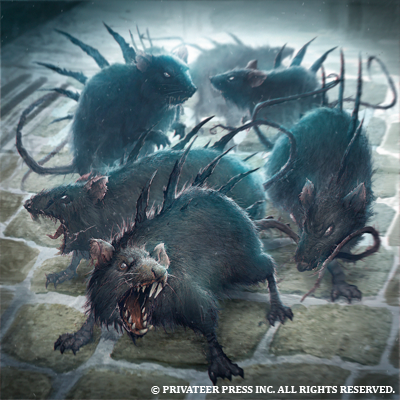
In my first drafts, the flow of each chapter was a little more story-like and sequential than it is in the final product, with certain events happening at certain times. The game included a track that counted the game rounds and triggered the Event cards. But many aspects of the game had become a little more abstract over time (including a major mechanic for the villains, which I’ll go into more next week), and we eventually decided the structured events weren’t necessary. Instead, we went with a specific set of Event cards for each chapter that are shuffled to create an Event deck, with a rule that if the Event deck runs out, the chapter ends. This meant that the Event cards also became the timing system for each chapter, an easy-to-understand “clock” for players to race against.
With the chapters and the Event cards in place, we had most of the final game working well—but there was one more RPG concept we wanted to add. Every great adventure has a strong main plot, of course, but they almost always have side stories as well, secondary events that happen within the same time frame as the main story. For this added dimension, we introduced a set of cards called Side Quests into the game. A Side Quest might take the form of discovering random loot, facing new villains, or engaging in a minor subplot. A Side Quest card is found only by going off the beaten path, at the edges of a chapter’s map, which means a hero must divert his attention from the main goal of the chapter in order to find and use it. To sweeten the deal, we made sure these cards provide heroes with ways to gain advantages over the villains—or at least some extra XP.
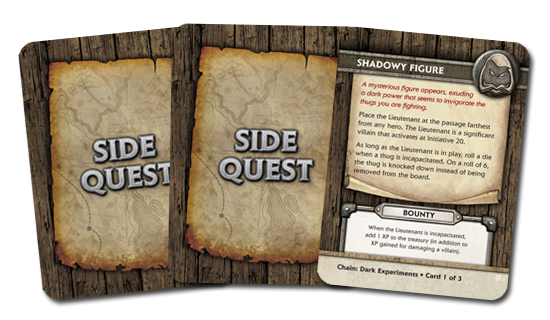
I’ve talked a bit about every aspect of the game now except the villains the heroes face. Next week, I’ll wrap up the series with look at the villainous activity going on beneath the streets of Corvis.
